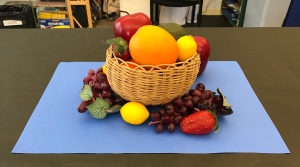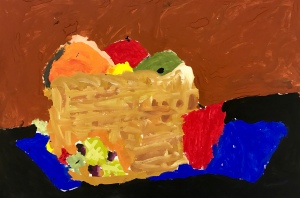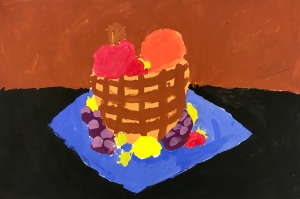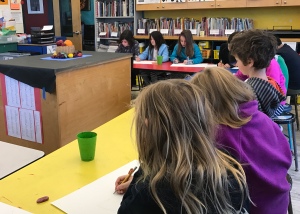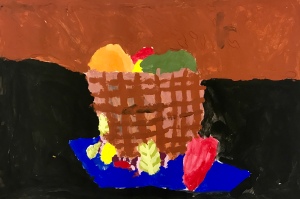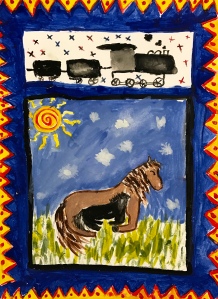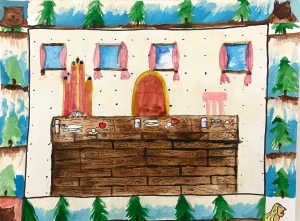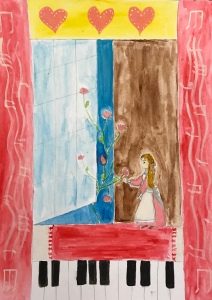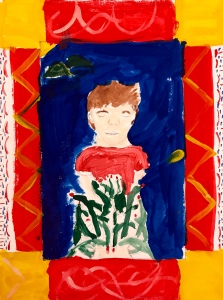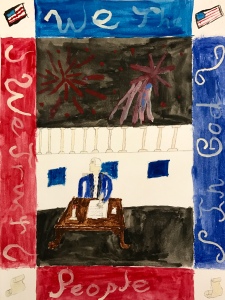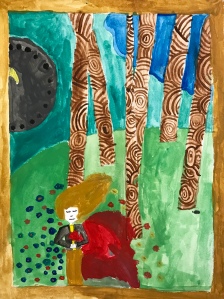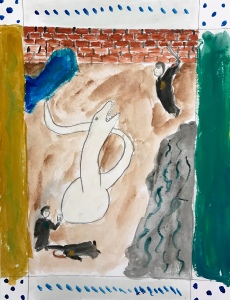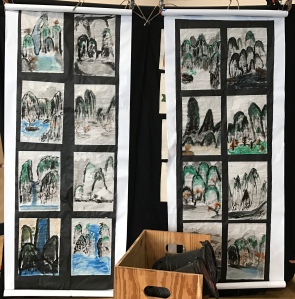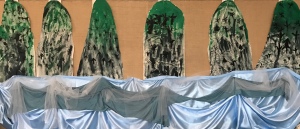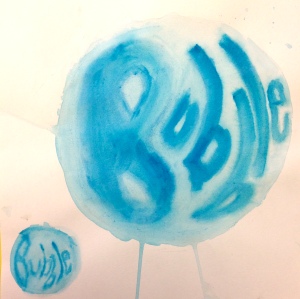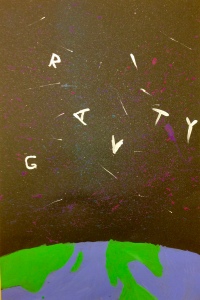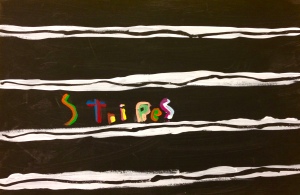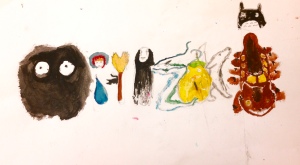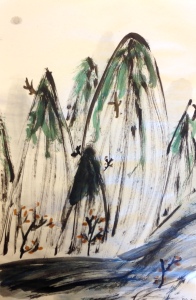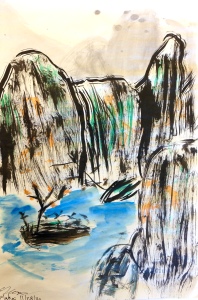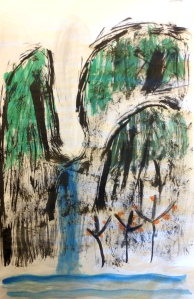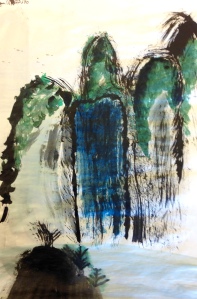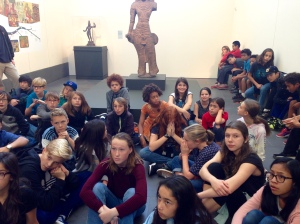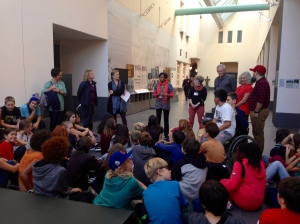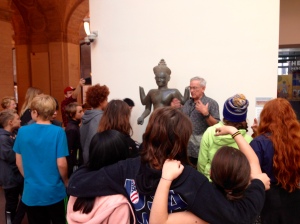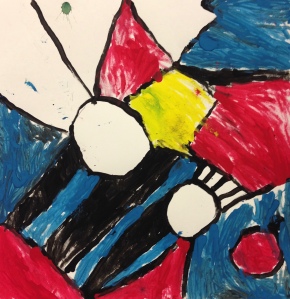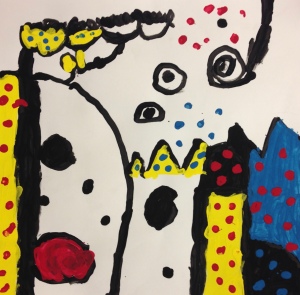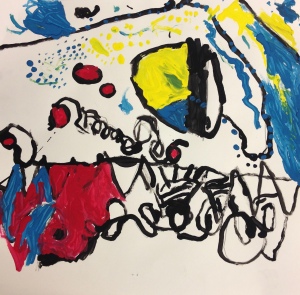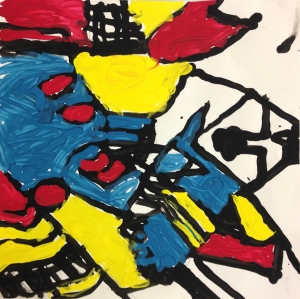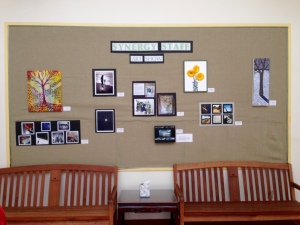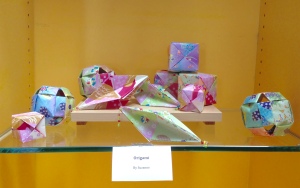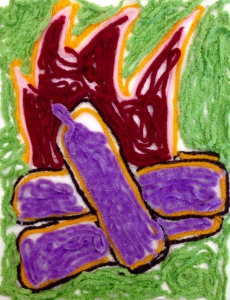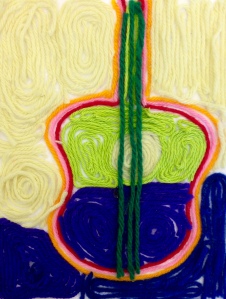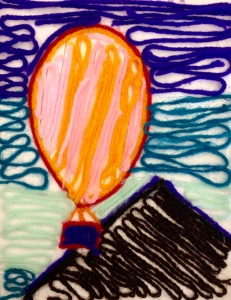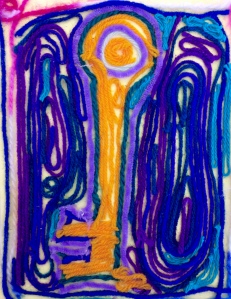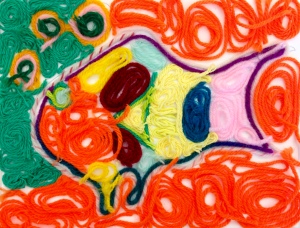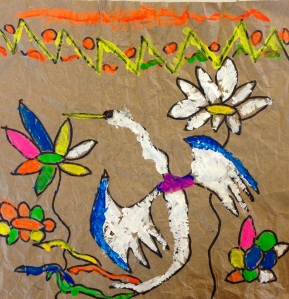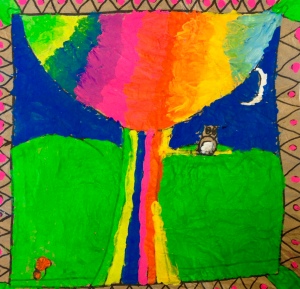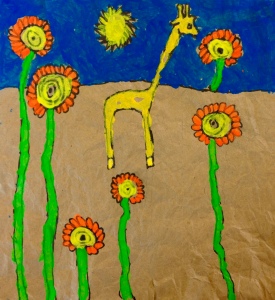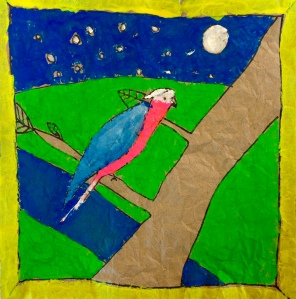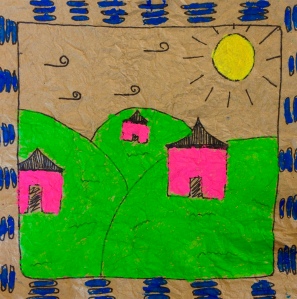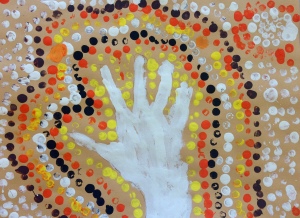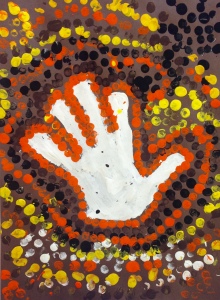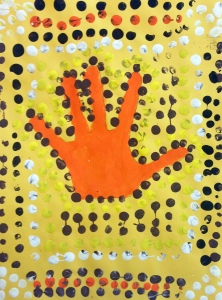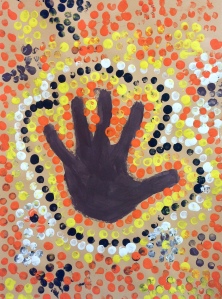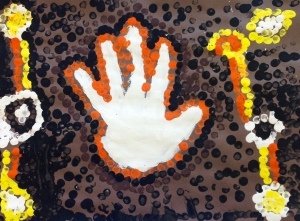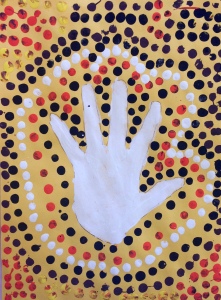Greetings! Please scroll through if you are looking for a specific class.
Star Room – October has been a month of expansive growth! The Star Room students learned about collage. I find that this topic is best practiced on the floor in a circle where I can easily see and help everyone. The first day the students learned how to tear shapes from construction paper. They then learned how to open a glue bottle, apply it in tiny dots, and glue down their shapes with overlapping. On another day, we did something similar but practiced cutting shapes with scissors. With this learning, students cut images they found from magazines and collaged the pieces.
In a process of scaffolding learning, the Star Room students learned how set up their materials to paint with tempera cakes, experiment with mixing colors, and how to clean up. It has been so much fun! I also introduced them to using the outdoor easels for painting larger works.
I’ve just begun to teach how to photograph artwork and post to their digital portfolio (SeeSaw). Once the students are a little more independent I can spend more time on this. We’re getting there!








Rainbow Room and Sun Room – This month the 1st, 2nd and 3rd graders reviewed collage techniques: how to handle liquid glue, use different kinds of scissors, and combine different kinds of paper. Sometimes drawing is added to collage too! They also practiced setting up their painting station and clean up. So far they have worked with tempera cakes and liquid tempera, and used the easels outside on the art room deck.
One of the highlights this month was Bennett and his mom teaching a lesson on soft sculpture using foam, hot glue and felt. I reviewed how to use the glue guns safely and Bennett shared examples of his creations from home. Beth explained the process of cutting the foam and then tracing the felt to cover the sides. The students were so excited and everyone participated. I repeated the lesson with the Rainbow Room.
















East Enders and Skylights – We started the month by learning about Inktober, a drawing challenge that has been popular with artists for several years. Artists create a drawing a day using a list of prompts and share them on line with a hashtag. It’s fun to see all the different interpretations of each prompt. Students reviewed iPad rules, hot glue safety, junk sculpture, and clay. The 4th and 5th grade students are also creating artworks to go next to their name in this year’s yearbook.




Th 6th Grade learned about what an artist statement looks like. Knowing your audience is key. They finished their Object project, wrote artists statements, and posted their work to their digital portfolio. I included a few images below, materials include ceramic clay, chalk pastel, colored pencil, watercolor paint, and cardboard. They started a second unit on The Portrait. The students were guided in drawing a generic face with proportions to practice seeing how parts of the face relate to each other. They also practiced gesture drawing faces by looking at photographic images. Their drawings were timed: 2 minutes, 5 minutes and 10 minutes. We discussed how those times felt and which ones were more comfortable or successful. The answer is different for everyone. The students looked at examples of portraits in many different materials and styles, then stared creating their own. These creations are due in mid November.






The 8th Grade has also been working on an object unit. I reviewed the iPad rules (now changed because we have a full set) and how to write an artist statement. The project is due in mid November. I look forward to sharing the beautiful work they have created.
The 7th Grade will have visual art class in the second trimester.




































































































